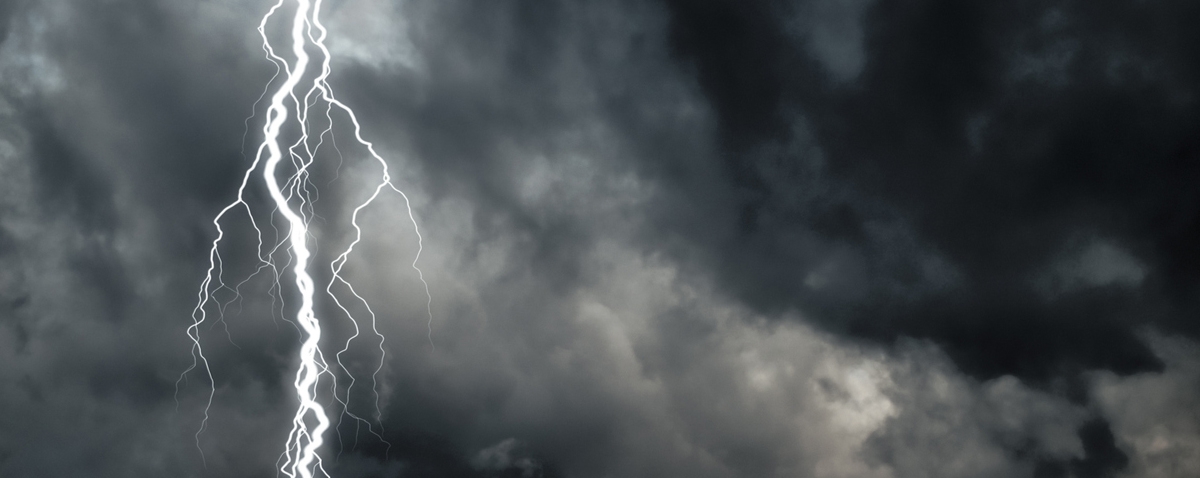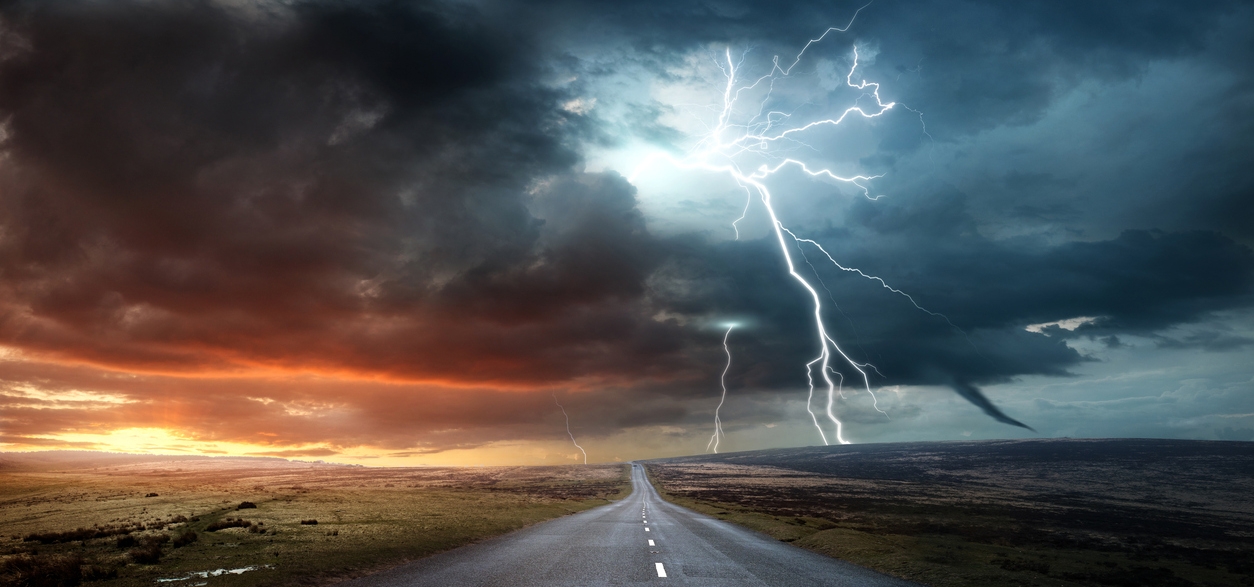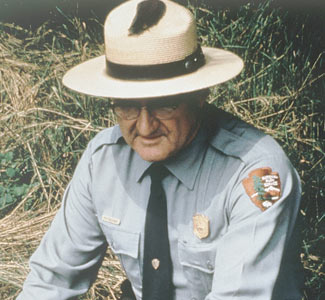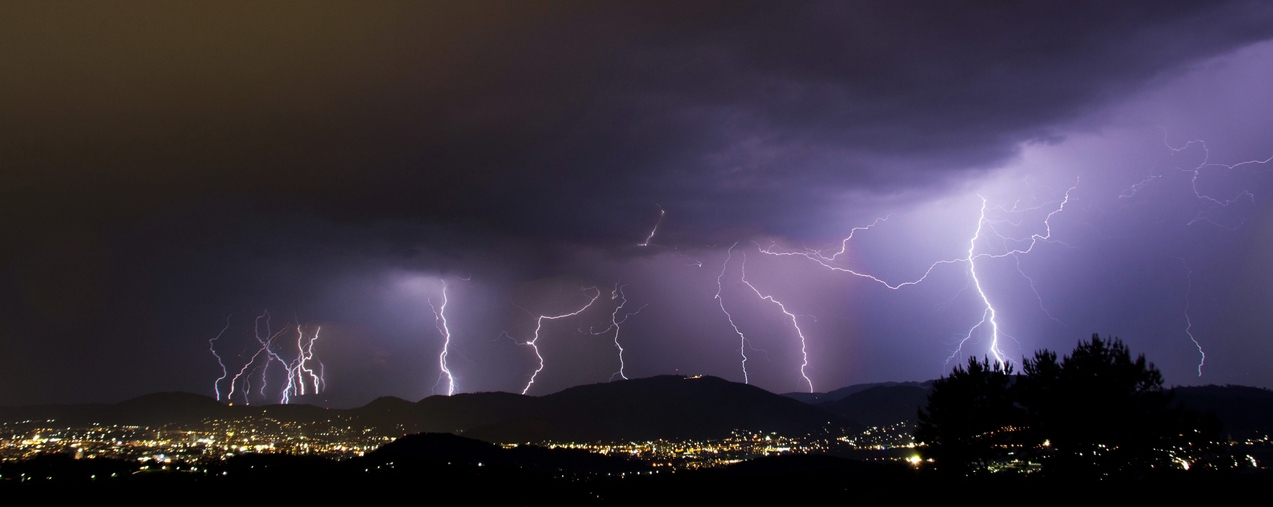According to data published by the Centers for Disease Control and Prevention (Natural Disasters and Severe Weather), around 40 million lightning strikes hit the ground each year in the US [1]. Fortunately, the odds of getting hit by a lightning strike is less than one in a million. Almost 90 percent of the ‘rare’ unfortunate victims survive the strikes. However, on average, 28 people still lose their lives in the US every year due to lightning strikes.
People working outside or engaged in recreational activities such as fishing and boating are at a higher risk of a lightning strike. 2/3rd of lightning related deaths (between 2006-2021) included people engaged in a recreational activity, including boating, playing sports, fishing or just relaxing at the beach Work-related activities account for 18 percent of total deaths with farmers and ranchers being the most at risk [2]. The stats also show:
- Males are up to four times more likely to get struck by lightning than females (this probably has something to do with males being outdoors or in the open for work etc.)
- The death toll due to lightning strikes was 444 in the last 15 years (USA, 2006-2021)
- Lightning related injuries are also common indoors (one-third of the reported injuries occurred indoors)
- No deaths due to a lightning strike has been documented in Alaska, New Hampshire, Hawaii, Delaware and Washington (since 2006)
- Although lightning can strike any time of the year, the summer months are the deadliest from June-August with July topping the chart
- Death due to lightning is common on the weekends (between 12PM-6PM) when people are more likely to be outdoors [3].
Where Does Lightning Strike the Most?
In the US, the Southeastern states receive more lightning strikes than the rest of the country except places like the Rocky Mountains where thunderstorms are common. States that are the most at risk include Florida, Arizona, Texas, North Carolina, Colorado, New Jersey, Missouri and Pennsylvania. Florida tops the list and is considered as the US lightning capital with over two thousand lightning related injuries reported in 50 years.
Brazil tops the list with around 225 million lightning bolts each year followed by the US with 194 million strikes. Other countries in the top 5 list include Democratic Republic of the Congo (180 million), Australia (146 million) and Mainland China (86 million) [4].
As far as the single location where lightning strikes the most is concerned, Lake Maracaibo in Venezuela takes the crown with around 40,000 strikes per night on average or 28 strikes every minute [5]. Lightning strikes in the area can last for up to 10 hours with thunderstorms occurring on 140 to 160 nights each year. This makes it one of the most dangerous places on earth to be in the open.
How Does Lightning Strikes People?
There are a number of ways lightning can strike someone and because it all happens so fast, it’s not practically possible to exactly know how it struck someone. Following are the most common ways lightning can strike someone.
Direct Strike
The victims of direct lightning strikes are usually those in the open areas. Direct strikes are very rare, but when it happens, the victim becomes part of the lightning discharge channel. That’s why it’s considered to be the deadliest of all types.
Side Flash
Also known as a side splash, it refers to a lightning strike hitting an object taller than the victim and a part of it jumping on to the victim. A side flash can happen when the victim is within close proximity of the taller object (1-2 feet) such as a telephone pole.
Conduction
Lightning can strike wires and other conductive materials and travel a long distance through these materials. Although metals do not directly attract lightning, they can conduct it over a long distance. If someone touches that wire/conductive material, he/she can become a victim of a lightning strike. It’s risky being outside during thunderstorms near wires and other conductive materials. Conduction causes most indoor lighting casualties as well as some outdoor casualties.
Ground Current
Most of the energy of a lightning strike tries to reach the ground after striking an object such as a tree. This means anyone who happens to be anywhere near a lightning strike is at risk. A lightning bolt can travel on conductive materials and cover a large area. That’s why it’s the number one reason for lightning related casualties. It can also harm farm animals, especially livestock and large animals.
Roy Sullivan – The Human Lightning Rod
The current record for the person hit most by lightning strikes is held by the US park ranger Roy Cleveland Sullivan (1912-1983) [6] He survived seven lightning strikes, which is why he was nicknamed as the ‘Human Lightning Conductor/ Rod’. People even used to avoid him fearing lightning will follow him and strike them, which made him very sad in later years of his life.
He was first struck by lightning in 1942 while hiding from a thunderstorm. The second time it struck in 1969 when he was driving in his truck on a mountain road, knocking him unconscious and burning his eyelashes and eyebrows. He was struck the third time in 1970 in his front yard, searing his left shoulder.
In 1972, it struck again inside a ranger station, setting his hair on fire. After this incident, he started believing that he attracts lightning, so he carried a can of water to deal with his hair catching fire. He might have been right in believing so because it struck again in 1973 during a routine patrol. Although this time he managed to drive away as soon as he saw a storm cloud forming, the cloud followed him and he failed to outrun it. As soon as he came out of the truck, a lightning bolt struck him. Luckily, this time he had a water can with him so he quickly poured some water on his head, which as usual, was on fire.
The 1976 lightning injured his ankle and his hair caught fire once again. He tried to run away from the cloud, but it followed him and he got struck anyway. June 1977 was the last time a lightning strike hit him. This time he was fishing when a lightning bolt struck his head, again setting his hair on fire. But this time it traveled down and also burnt his stomach and chest. All these strikes were documented and recognized by Guinness World Records. He died of a self-inflicted gunshot in 1983 and was saddened by the fact that people avoided coming near him thinking he’ll bring bad luck to them.
Interesting Facts About Lightning Strikes
- An actual lightning strike travels much slower (270,000mph) than the flashes we see that travel at the speed of light (670,000,000mph)
- A lightning strike can fuse together the grains of sand on a beach, creating fulgurite, which is a glass-like tube prized by collectors
- Helicopters can cause isolated lightning strikes as they acquire a negative charge while flying close to a positively charged area
- There are around 3 million lightning flashes every day in the world, which is roughly 1,400,000,000 lightning strikes each year [7]
- Trees are the most common victim of lightning strikes, but lightning also helps plants grow by bonding oxygen with nitrogen (in presence of moisture) to create nitrate rich water
- A lightning bolt might appear massive, but usually its actual width is only between 2-3cm with an average length of 2 to 3 miles
- A lightning bolt carries intense charge, almost reaching 54,000 °F (30,000 °C), which is five time more than the temperature on Sun’s surface [8]
- Lightning strikes triggered by volcanic eruptions is a spectacle of its own
- It was a common belief in the 18th century that church bells repelled lightning strikes, but a metal bell is one of the worst things to be around when lightning strikes
- Predictably, more than a hundred bell-ringers got killed in France due to lightning strikes (1753-1786)
References
[1]: https://www.cdc.gov/disasters/lightning/victimdata.html
[2]: https://www.nationalgeographic.com/science/article/fishing-and-camping-top-activity-list-for-lightning-deaths
[3]: https://www.cdc.gov/disasters/lightning/victimdata.html
[4]: https://www.statista.com/statistics/1292522/global-leading-countries-by-total-lightning-count/
[5]: https://www.nytimes.com/2016/05/17/science/in-venezuela-the-lightning-capital-of-the-world.html
[6]: https://www.guinnessworldrecords.com/world-records/most-lightning-strikes-survived
[7]: https://www.weather.gov/mlb/lightning_facts
[8]: https://scied.ucar.edu/learning-zone/storms/thunder-and-lightning





